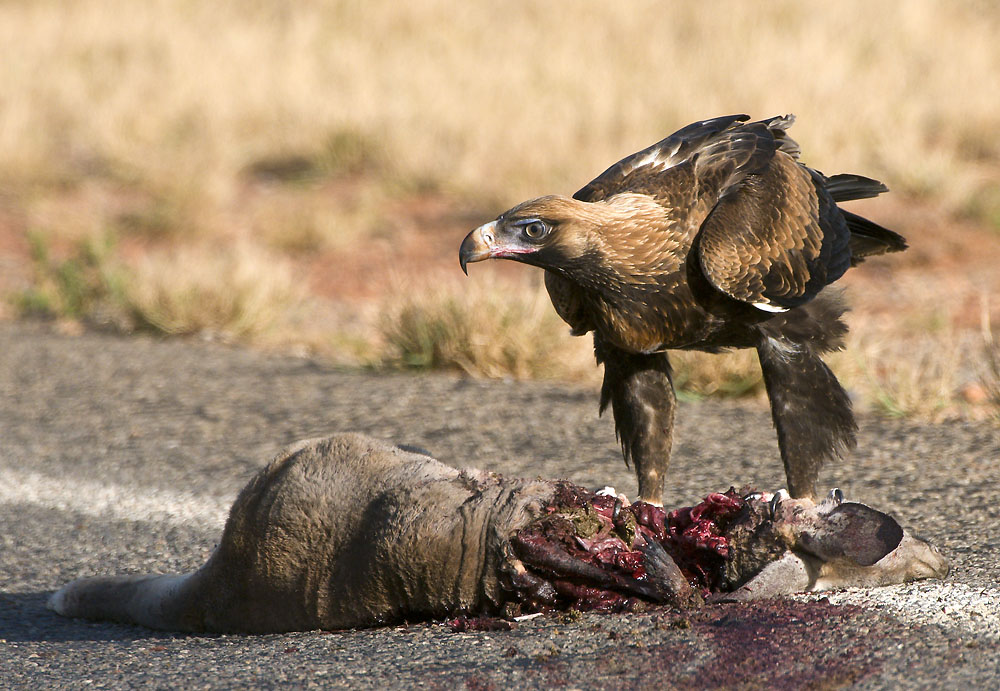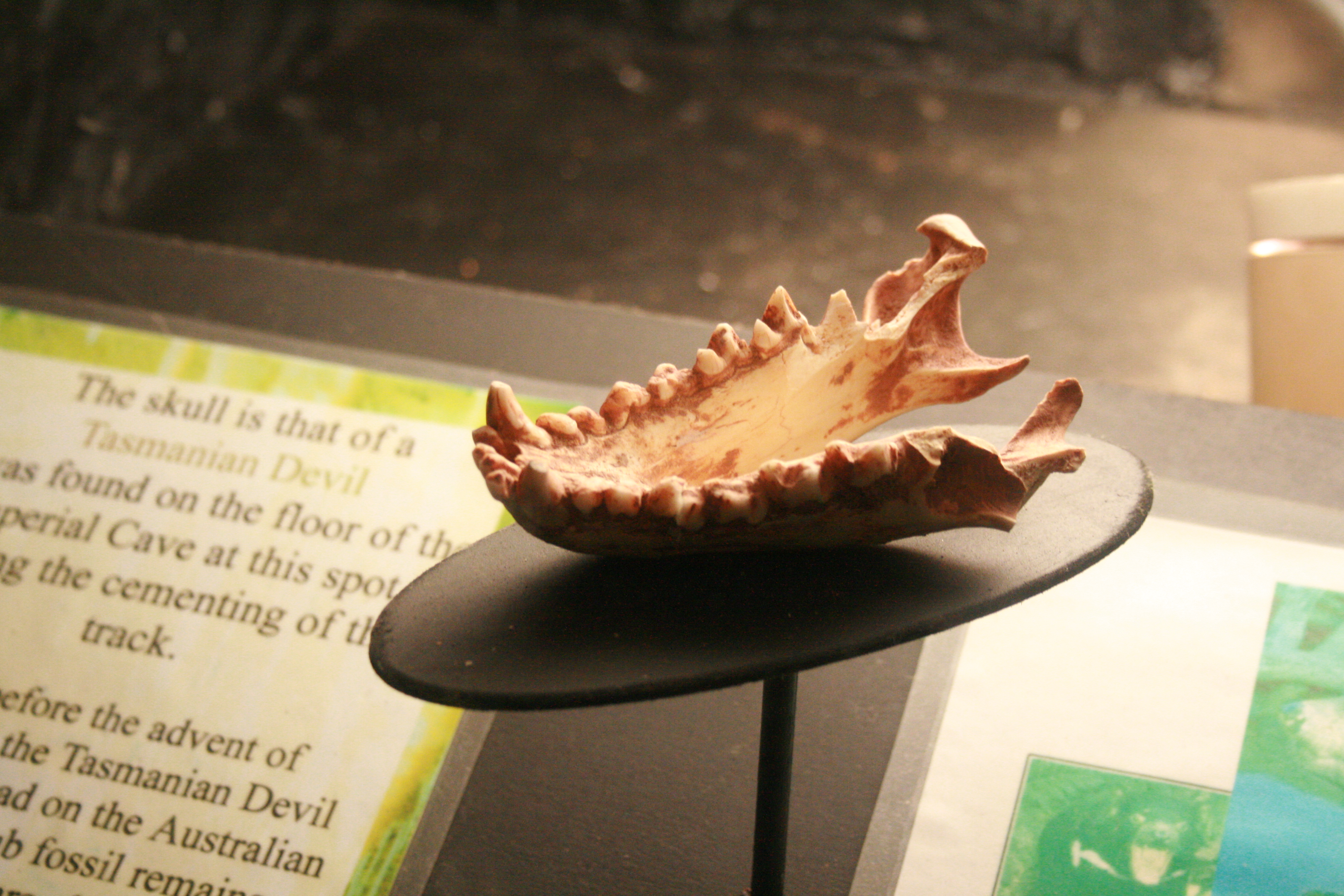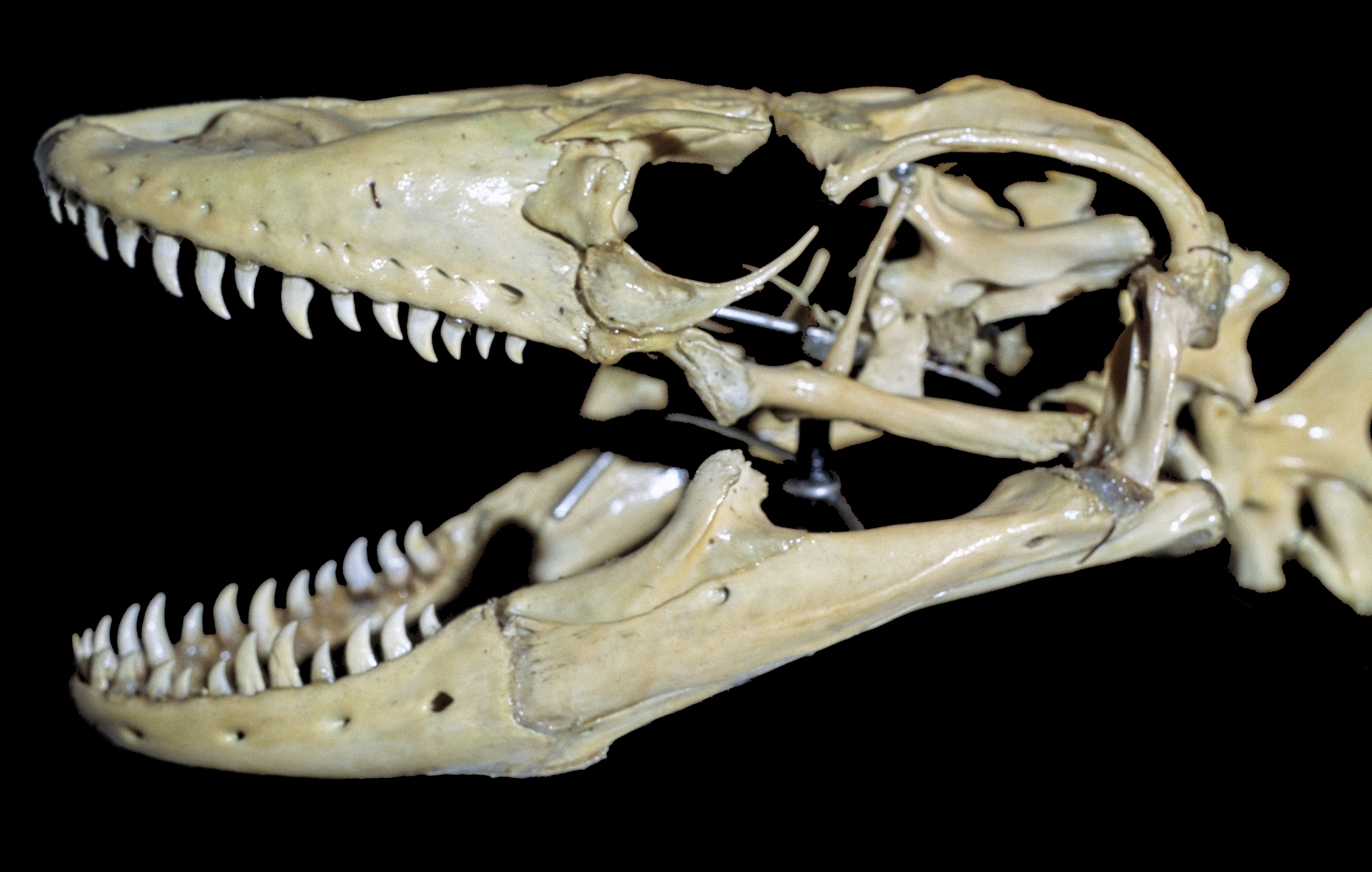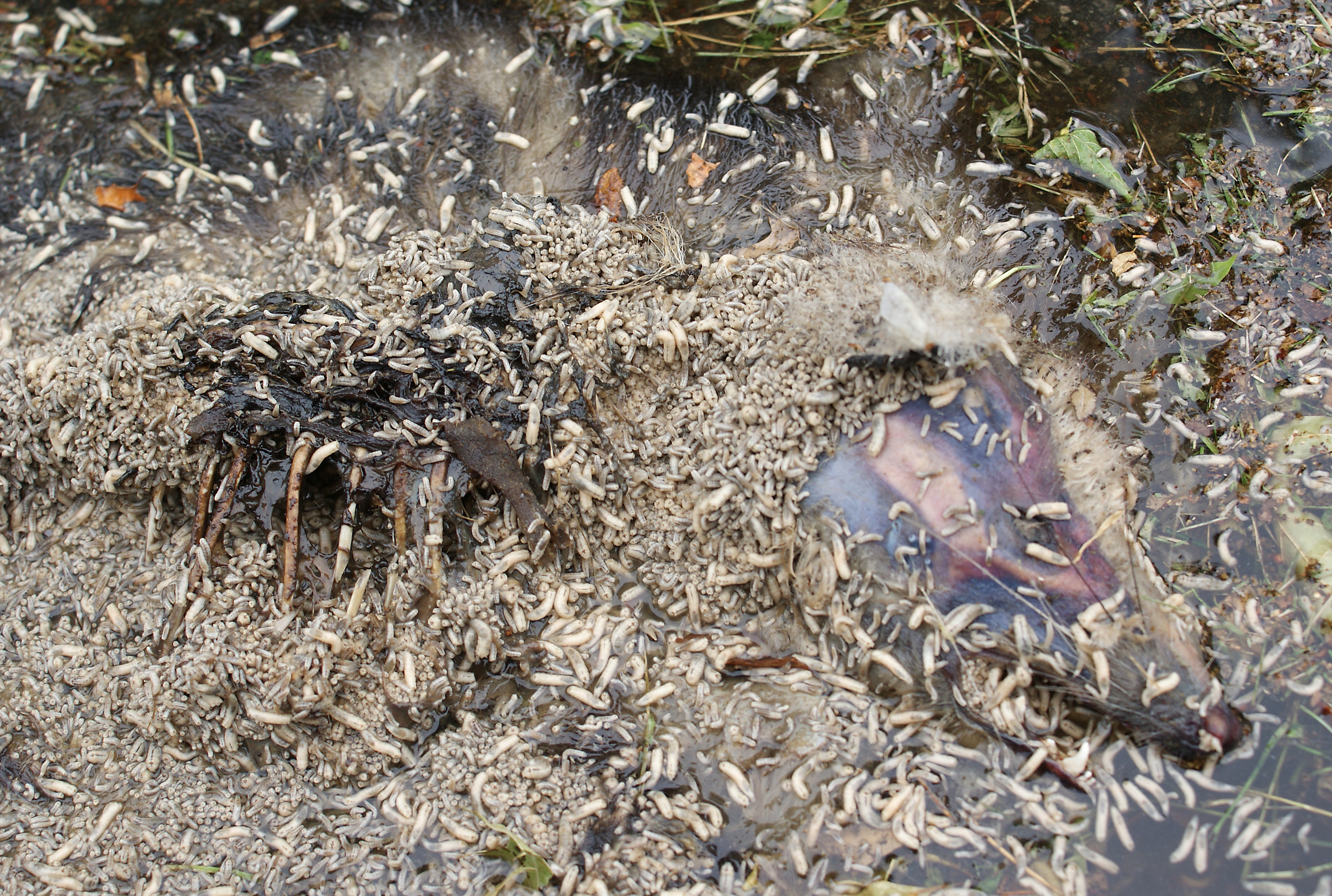|
Carrion
Carrion (), also known as a carcass, is the decaying flesh of dead animals. Overview Carrion is an important food source for large carnivores and omnivores in most ecosystems. Examples of carrion-eaters (or scavengers) include crows, vultures, humans, hawks, eagles, hyenas, Virginia opossum, Tasmanian devils, coyotes and Komodo dragons. Many invertebrates, such as the Silphidae, carrion and burying beetles, as well as maggots of Calliphoridae, calliphorid flies (such as one of the most important species in ''Calliphora vomitoria'') and Flesh-fly, flesh-flies, also eat carrion, playing an important role in recycling nitrogen and carbon in animal remains. Carrion begins to decay at the moment of the animal's death, and it will increasingly attract insects and breed bacteria. Not long after the animal has died, its body will begin to exude a foul odor caused by the presence of bacteria and the emission of cadaverine and putrescine. Carrion can harbor many infectious and diseas ... [...More Info...] [...Related Items...] OR: [Wikipedia] [Google] [Baidu] |
Silphidae
Silphidae is a family of beetles that are known commonly as large carrion beetles, carrion beetles or burying beetles. There are two family (biology), subfamilies: Silphinae and Nicrophorinae. Members of Nicrophorinae are sometimes known as burying beetles or sexton beetles. The number of species is relatively small, at around two hundred. They are more diverse in the temperate region although a few tropical endemics are known. Both subfamilies feed on decaying organic matter such as dead animals. The subfamilies differ in which uses parenting, parental care and which types of carcasses they prefer. Silphidae are considered to be of importance to forensic entomologists because when they are found on a decaying body they are used to help estimate a post-mortem interval. Taxonomy, evolution, and etymology The family Silphidae belongs to the order beetle, Coleoptera. They are commonly referred to as carrion beetles or burying beetles and are usually associated with carrion, fungus, ... [...More Info...] [...Related Items...] OR: [Wikipedia] [Google] [Baidu] |
Scavenger
Scavengers are animals that consume Corpse decomposition, dead organisms that have died from causes other than predation or have been killed by other predators. While scavenging generally refers to carnivores feeding on carrion, it is also a herbivorous feeding behavior. Scavengers play an important role in the ecosystem by consuming dead animal and plant material. Decomposer, ''Decomposers'' and detritivores complete this process, by consuming the remains left by scavengers. Scavengers aid in overcoming fluctuations of food resources in the environment. The process and rate of scavenging is affected by both Biotic component, biotic and Abiotic component, abiotic factors, such as carcass size, habitat, temperature, and seasons. Etymology Scavenger is an alteration of ''scavager,'' from Middle English ''skawager'' meaning "customs collector", from ''skawage'' meaning "customs", from Old North French ''escauwage'' meaning "inspection", from ''schauwer'' meaning "to inspect", of ... [...More Info...] [...Related Items...] OR: [Wikipedia] [Google] [Baidu] |
Calliphoridae
The Calliphoridae (commonly known as blowflies, blow flies, blow-flies, carrion flies, bluebottles, or greenbottles) are a family of insects in the order Diptera, with almost 1,900 known species. The maggot larvae, often used as fishing bait, are known as gentles. The family is known to be polyphyletic, but much remains disputed regarding proper treatment of the constituent taxa, some of which are occasionally accorded family status (e.g., Bengaliidae and Helicoboscidae). Description Characteristics Calliphoridae adults are commonly shiny with metallic colouring, often with blue, green, or black thoraces and abdomens. Antennae are three-segmented and aristate. The aristae are plumose their entire length, and the second antennal segment is distinctly grooved. Members of Calliphoridae have branched Rs 2 veins, frontal sutures are present, and calypters are well developed. The characteristics and arrangements of hairlike bristles are used to differentiate among members of ... [...More Info...] [...Related Items...] OR: [Wikipedia] [Google] [Baidu] |
Calliphora Vomitoria
''Calliphora vomitoria'', known as the blue bottle fly, orange-bearded blue bottle, or bottlebee, is a species of Calliphoridae, blow fly, a species in the family Calliphoridae. ''Calliphora vomitoria'' is the type species of the genus ''Calliphora''. It is common throughout many continents including Europe, Americas, and Africa. They are fairly large flies, nearly twice the size of the housefly, with a metallic blue abdomen and long orange setae on the gena. While adult flies feed on nectar, females deposit their eggs on rotting corpses, making them important Forensic entomology, forensic insects, as their eggs and timing of Oviparity, oviposition can be used to estimate time of death. Description Blue bottle flies are typically long, almost twice the size of a housefly. The head and thorax are dull gray, and the back of the head has long yellow-orange setae. The abdomen is bright metallic blue with black markings. Its body and legs are covered with black bristly hairs. It h ... [...More Info...] [...Related Items...] OR: [Wikipedia] [Google] [Baidu] |
Tasmanian Devil
The Tasmanian devil (''Sarcophilus harrisii''; palawa kani: ''purinina'') is a carnivorous marsupial of the family Dasyuridae. It was formerly present across mainland Australia, but became extinct there around 3,500 years ago; it is now confined to the island of Tasmania. The size of a small dog, the Tasmanian devil became the largest carnivorous marsupial in the world following the extinction of the thylacine in 1936. It is related to quolls, and distantly related to the thylacine. It is characterised by its stocky and muscular build, black fur, pungent odour, extremely loud and disturbing screech, keen sense of smell, and ferocity when feeding. The Tasmanian devil's large head and neck allow it to generate among the strongest bites per unit body mass of any extant predatory land mammal. It hunts prey and scavenges on carrion. Although devils are usually solitary, they sometimes eat and defecate together in a communal location. Unlike most other dasyurids, the devil the ... [...More Info...] [...Related Items...] OR: [Wikipedia] [Google] [Baidu] |
Vulture
A vulture is a bird of prey that scavenges on carrion. There are 23 extant species of vulture (including condors). Old World vultures include 16 living species native to Europe, Africa, and Asia; New World vultures are restricted to North and South America and consist of seven identified species, all belonging to the Cathartidae family. A particular characteristic of many vultures is a bald, unfeathered head. This bare skin is thought to keep the head clean when feeding, and also plays an important role in thermoregulation. Vultures have been observed to hunch their bodies and tuck in their heads in the cold, and open their wings and stretch their necks in the heat. They also urinate on themselves as a means of cooling their bodies. A group of vultures in flight is called a "kettle", while the term "committee" refers to a group of vultures resting on the ground or in trees. A group of vultures that are feeding is termed a "wake". Taxonomy Although New World vulture ... [...More Info...] [...Related Items...] OR: [Wikipedia] [Google] [Baidu] |
Komodo Dragon
The Komodo dragon (''Varanus komodoensis''), also known as the Komodo monitor, is a large reptile of the monitor lizard family Varanidae that is endemic to the Indonesian islands of Komodo (island), Komodo, Rinca, Flores, Gili Dasami, and Gili Motang. The largest extant population lives within the Komodo National Park in Eastern Indonesia. It is the List of largest extant lizards, largest extant species of lizard, with the males growing to a maximum length of and weighing up to . As a result of their size, Komodo dragons are apex predators, and dominate the ecosystems in which they live. Komodo dragons hunt and ambush prey including invertebrates, birds, and mammals. Komodo dragons' group behavior in hunting is exceptional in the reptile world. The diet of Komodo dragons mainly consists of Javan rusa (''Rusa timorensis''), though they also eat considerable amounts of carrion. Komodo dragons also occasionally attack humans. Mating begins between May and August, and the eggs a ... [...More Info...] [...Related Items...] OR: [Wikipedia] [Google] [Baidu] |
Flies Settle On A Sheep Carrion
Flies are insects of the order Diptera, the name being derived from the Greek δι- ''di-'' "two", and πτερόν ''pteron'' "wing". Insects of this order use only a single pair of wings to fly, the hindwings having evolved into advanced mechanosensory organs known as halteres, which act as high-speed sensors of rotational movement and allow dipterans to perform advanced aerobatics. Diptera is a large order containing more than 150,000 species including horse-flies, crane flies, hoverflies, mosquitoes and others. Flies have a mobile head, with a pair of large compound eyes, and mouthparts designed for piercing and sucking (mosquitoes, black flies and robber flies), or for lapping and sucking in the other groups. Their wing arrangement gives them great manoeuvrability in flight, and claws and pads on their feet enable them to cling to smooth surfaces. Flies undergo complete metamorphosis; the eggs are often laid on the larval food-source and the larvae, which lack true limb ... [...More Info...] [...Related Items...] OR: [Wikipedia] [Google] [Baidu] |
Flesh-fly
Sarcophagidae () are a family of flies commonly known as flesh flies. They differ from most flies in that they are ovoviviparous, opportunistically depositing hatched or hatching maggots instead of eggs on carrion, dung, decaying material, or open wounds of mammals, hence their common name. Some flesh fly larvae are internal parasites of other insects such as Orthoptera, and some, in particular the Miltogramminae, are kleptoparasites of solitary Hymenoptera. The adults mostly feed on fluids from animal bodies, nectar, sweet foods, fluids from animal waste and other organic substances. Juveniles need protein to develop and may be laid on carrion, dung or sweet plant foods (including fruit, nuts, and artificial foodstuffs). Diagnostic characteristics Members of the subfamily Sarcophaginae are small to large flies with black and gray longitudinal stripes on the thorax and checkering on the abdomen. Other key features include red eyes and a bristled abdomen. Abdominal ste ... [...More Info...] [...Related Items...] OR: [Wikipedia] [Google] [Baidu] |
Virginia Opossum
The Virginia opossum (''Didelphis virginiana''), also known as the North American opossum, is a member of the opossum family found from southern Canada to northern Costa Rica, making it the northernmost marsupial in the world and the only marsupial native to North America. Commonly referred to simply as the possum, it is a solitary nocturnal animal about the size of a domestic cat, and a successful Opportunism#Biological, opportunist. Opossums are familiar to many North Americans as they frequently inhabit settled areas near food sources like trash cans, pet food, compost piles, gardens or housemice. Their slow, nocturnal nature and their attraction to roadside carrion make opossums more likely to become roadkill. Name The Virginia opossum is the original animal named "opossum", a word which comes from Algonquian languages, Algonquian , meaning "white animal". Colloquially, the Virginia opossum is frequently just called a "possum". The term is applied more generally to any of th ... [...More Info...] [...Related Items...] OR: [Wikipedia] [Google] [Baidu] |
Maggot
A maggot is the larva of a fly (order Diptera); it is applied in particular to the larvae of Brachycera flies, such as houseflies, cheese flies, hoverflies, and blowflies, rather than larvae of the Nematocera, such as mosquitoes and crane flies. Etymology "Maggot" is not a technical term and should not be taken as such; in many standard textbooks of entomology, it does not appear in the index at all. In many non-technical texts, the term is used for insect larvae in general. Other sources have coined their own definitions; for example: "The term applies to a grub when all trace of limbs has disappeared" and "Applied to the footless larvae of Diptera".Smith, John. BExplanation of terms used in entomology Brooklyn Entomological Society, 1906. Additionally, in ''Flies: The Natural History and Diversity of Diptera'', the author claims maggots "are larvae of higher Brachycera (Cyclorrhapha)." Maggot-like fly larvae are of significance in ecology and medicine; among other r ... [...More Info...] [...Related Items...] OR: [Wikipedia] [Google] [Baidu] |
Coyote
The coyote (''Canis latrans''), also known as the American jackal, prairie wolf, or brush wolf, is a species of canis, canine native to North America. It is smaller than its close relative, the Wolf, gray wolf, and slightly smaller than the closely related eastern wolf and red wolf. It fills much of the same ecological niche as the golden jackal does in Eurasia; however, the coyote is generally larger. The coyote is listed as Least Concern, least concern by the International Union for Conservation of Nature, due to its wide distribution and abundance throughout North America. The species is versatile, able to adapt to and expand into environments modified by humans; urban coyotes are common in many cities. The coyote was sighted in eastern Panama (across the Panama Canal from their home range) for the first time in 2013. The coyote has 19 recognized subspecies. The average male weighs and the average female . Their fur color is predominantly light gray and red or fulvous int ... [...More Info...] [...Related Items...] OR: [Wikipedia] [Google] [Baidu] |











